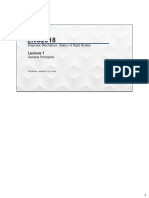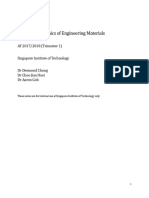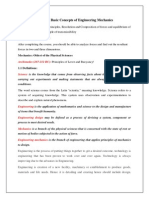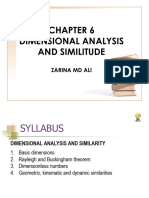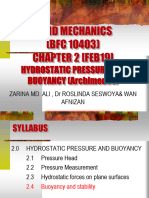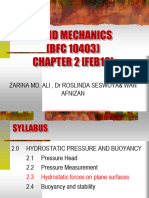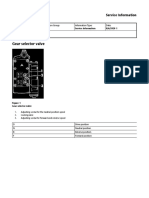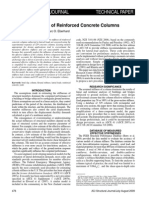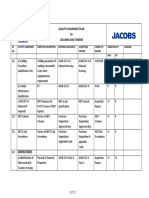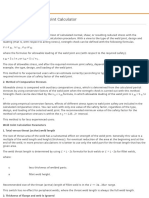0% found this document useful (0 votes)
20 views27 pagesCHAPTER 1 - Introduction
This document provides an introduction to static mechanics, including:
1) Static mechanics deals with bodies at rest or in constant motion, while dynamic mechanics concerns accelerated motion.
2) Fundamental concepts such as length, time, mass, force, and particles are defined. Newton's three laws of motion and the law of universal gravitation are also introduced.
3) Examples of converting between customary and SI units are provided. The document concludes with examples of common mathematics required for static mechanics problems.
Uploaded by
Lin YanCopyright
© © All Rights Reserved
We take content rights seriously. If you suspect this is your content, claim it here.
Available Formats
Download as PDF, TXT or read online on Scribd
0% found this document useful (0 votes)
20 views27 pagesCHAPTER 1 - Introduction
This document provides an introduction to static mechanics, including:
1) Static mechanics deals with bodies at rest or in constant motion, while dynamic mechanics concerns accelerated motion.
2) Fundamental concepts such as length, time, mass, force, and particles are defined. Newton's three laws of motion and the law of universal gravitation are also introduced.
3) Examples of converting between customary and SI units are provided. The document concludes with examples of common mathematics required for static mechanics problems.
Uploaded by
Lin YanCopyright
© © All Rights Reserved
We take content rights seriously. If you suspect this is your content, claim it here.
Available Formats
Download as PDF, TXT or read online on Scribd
/ 27



















